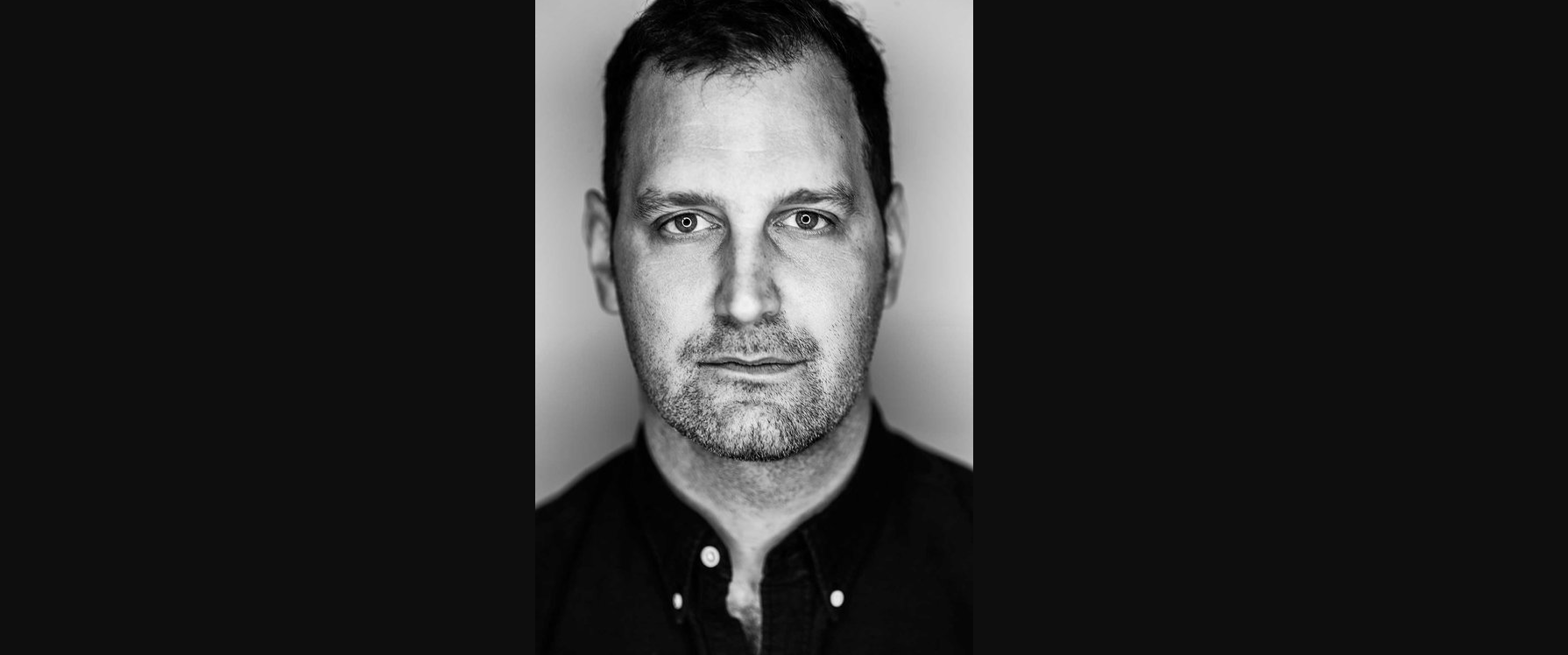
1) What trends, developments or issues would you point to thus far in 2018 as being most significant, perhaps carrying implications for the rest of the year and beyond?
Stories are passe. All we have left is the truth. At this point, the best TV ad in the world is only another good TV ad. We have seen it all, all the ideas, all the gimmicks, all the techniques. That’s the trend. As an industry, we’ve made so much stuff at this point, if we want to connect to people, get them to notice something or somehow motivate a behavior we have to give them a new way to experience reality and then invent a fun way to let them explore.
What’s great about this trend is it forces out of old mediums and pushes us to craft real and useful things that affect our lives. The battle over owning what’s “true” in our country right now has and will continue to affect how people receive messaging. Particularly from brands. We’ll need to continue to pursue authenticity in our messaging and to create experiences that add value to not only our consumers and potential consumers, but the community at large.
2) What work (advertising or entertainment)—your own or others—struck a responsive chord with you and/or was the most effective strategically and/or creatively? Does any work stand out to you in terms of meshing advertising and entertainment?
Emma Gonzalez standing silent for six minutes and twenty seconds at the March for Our Lives. In my opinion, it ‘s an incredible concept and an epic vision from a young woman in her position to impose that choice at that moment. We sat through it, awkwardly, trying to understand what was happening, and when she let us in on what she was doing, it was the most epic whoosh moment in history, that could only happen once, and only happen because she had the courage to re-imagine the medium.
3) Though gazing into the crystal ball is a tricky proposition, we nonetheless ask you for any forecast you have relative to the creative and/or business climate for the second half of 2018 and beyond.
I think “choice” is going to be an exciting opportunity. We have to stop making choices for people and start giving people choices to make. We work with Echo, which is an interactive film platform, and while writing these interactive films and making experiences for people is challenging, it’s resonating the most. I think that’s what everyone needs to take into account: the days of telling people stories are over. We need to let people own their story, and be there to act as their platform.
4) What do recent honors on the awards show circuit (Cannes Lions, AICP Show/Next Awards, AICE winners or Emmy nominations) tell us in terms of creative and/or strategic themes and trends in the industry at large?
“It’s a Tide Ad” could be kind of the end of the TV ad as we know it. Because, it’s not even an idea it’s just true, it’s a transformative re-imagining of the medium. Borat did that to movies.
I thought Trash Isles was a beautiful way to motivate action around pollution by playing make-believe at the UN. Nike made a sneaker that actually helps you run faster. Now that’s advertising.
5) What new technology, equipment or software will you be investing in later this year or next year for your company or yourself personally, and why? Or, tell us about what new technology investment you’ve made this year and why it was a good decision—or not?
This will be a big year for the virtual space because we are about to go cordless. All the headsets are getting external cameras which means we can have walk-around experiences while our physical bodies are in permanent reality and we are immersed in a virtual experience. So, we’ll be really focused on connecting immersive tech back to human experiences with smell, touch and movement. Our goal is to enhance all content and experience in any way we can.
Product-wise I’m psyched about the Leap Motion headset and of course magic Leap. We’ll buy all the toys, but our focus will always start with creating experiences that require technology, not just the toys that make them possible.
6) What efforts are you making to increase diversity and inclusion in terms of women and ethnic minority filmmakers? How do you go about mentoring new talent?
The answer is not enough, but we are putting a lot of effort in and are trying to operationalize our company so we grow more diverse and not less. Diversity and inclusion are important to us, not just as a value for the company but as the core piece of our creative process. We’ve developed a methodology called Creative Dim Sum which is designed to meaningfully involve an eclectic and diverse group of people on every brief we work on. The goal is to expand our point of view, and find ways to incorporate outside voices into our work with brands. One of our first hires was an incredible filmmaker named Julia Gorbach whose title is “Curation and Documentation”. She not only casts far and wide with an eye for diversity, but also captures our strategic and creative process as we go so we can learn and evolve the way we work.